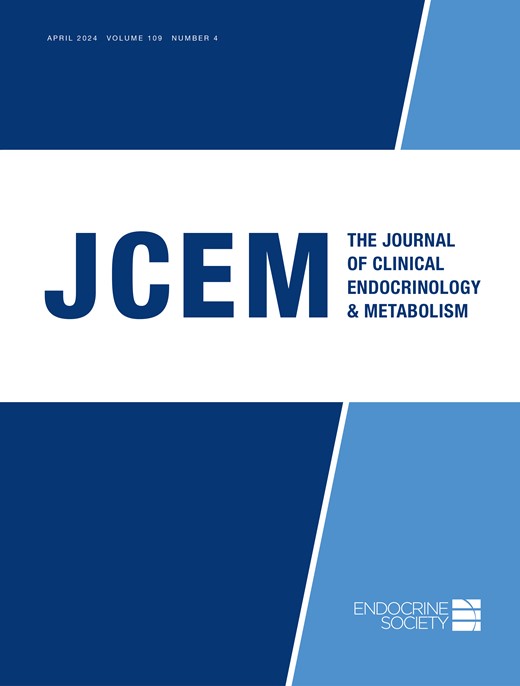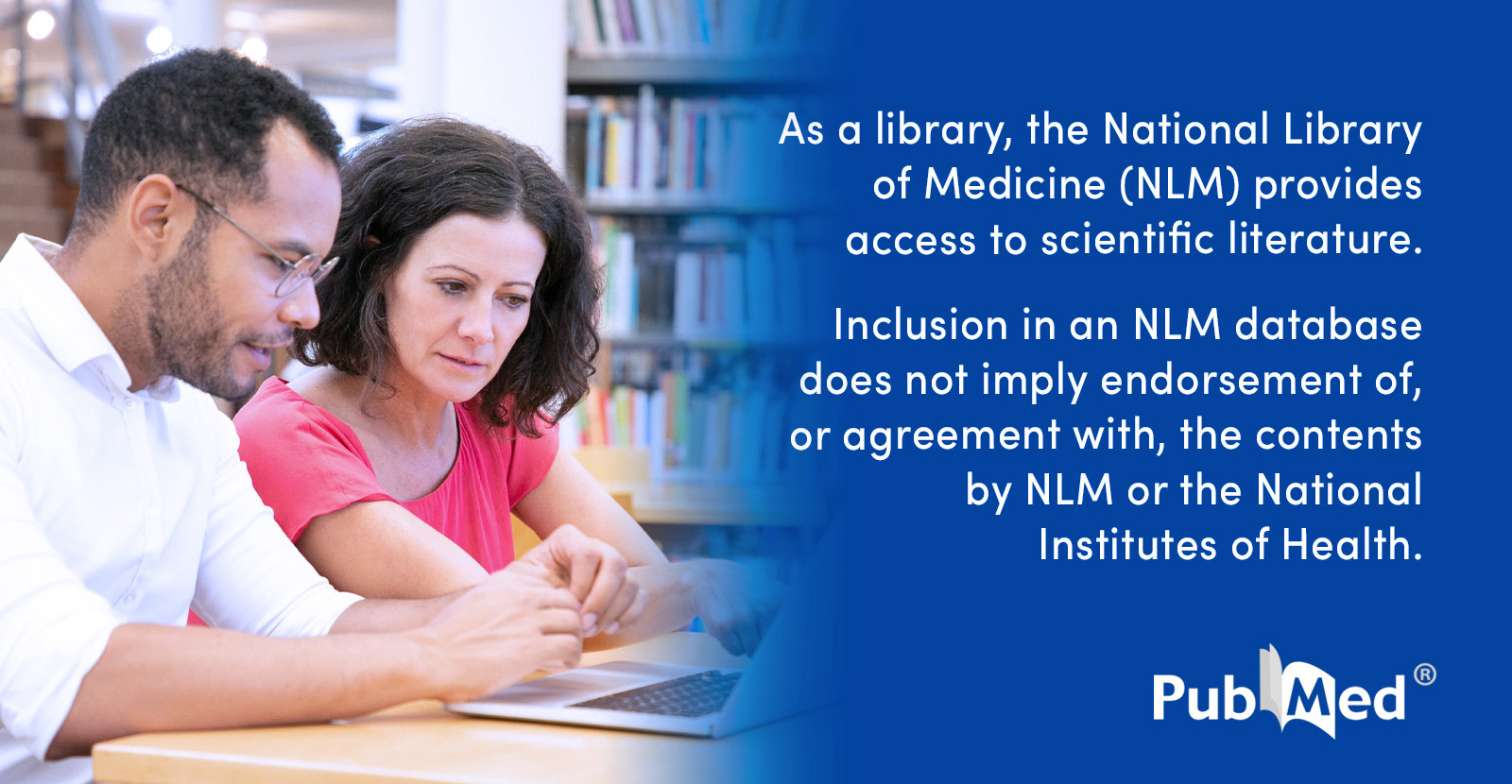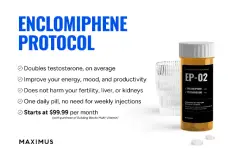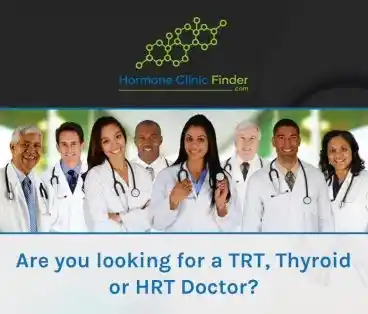Heart palpitations and AFIB (Atrial Fibrillation) risk in older men using testosterone is examined in the video below.
Highlights
[ ] Testosterone use in older men and its link to heart palpitations and AFIB.
] Testosterone use in older men and its link to heart palpitations and AFIB.
[] Research findings suggest a potential association between testosterone therapy and heart rhythm disturbances.
[] Discussion about the need for cautious testosterone administration in older male patients.
[ ] Insights into the mechanisms through which testosterone might impact heart health.
] Insights into the mechanisms through which testosterone might impact heart health.
[] Examination of existing studies to assess the credibility of the testosterone-heart health connection.
[] Importance of monitoring heart health during testosterone treatment for older men.

Presented by Nelson Vergel, Founder of ExcelMale.com & DiscountedLabs.com
Hello everyone, Nelson Vergel here from ExcelMale.com and DiscountedLabs.com. Today I want to discuss two important studies that explore the impact of testosterone replacement therapy (TRT) on the cardiovascular system:
As the author of two books on hormones and a long-time advocate for the safe use of TRT, I feel compelled to analyze these studies closely. While the results are promising in many ways, they also raise concerns that haven’t been thoroughly addressed. My hope is that this will inspire more independent investigations.
The Endocrine Society, as of June 2023, concluded that TRT does not increase cardiovascular risk in men—a significant reassurance after years of controversy, especially following two flawed studies in 2013–2014 that had suggested the opposite.
The Traverse study stands out due to its scientific rigor and the high regard of the researchers involved. However, I want to highlight nuances in both the Traverse and TOM studies that still leave us with questions.
This study included both fatal and non-fatal events, such as:
Even after adjusting for baseline risks like high cholesterol and diabetes, the negative effect persisted months after treatment ended.
However, some secondary outcomes were noteworthy:
The rise in arrhythmias was statistically significant and cannot be overlooked, especially in older, high-risk men.
Despite these concerns, I still believe TRT can be safe when:
That said, we must keep challenging assumptions and demanding better data. I plan to host a roundtable discussion on these questions and will be interviewing Dr. Kara from Baylor this September to dive deeper into the Traverse findings.
Highlights
[
[] Research findings suggest a potential association between testosterone therapy and heart rhythm disturbances.
[] Discussion about the need for cautious testosterone administration in older male patients.
[
[] Examination of existing studies to assess the credibility of the testosterone-heart health connection.
[] Importance of monitoring heart health during testosterone treatment for older men.
Is Testosterone Replacement Therapy Safe for the Heart?
A Critical Look at the Traverse and TOM Trials
Presented by Nelson Vergel, Founder of ExcelMale.com & DiscountedLabs.com
Introduction
Hello everyone, Nelson Vergel here from ExcelMale.com and DiscountedLabs.com. Today I want to discuss two important studies that explore the impact of testosterone replacement therapy (TRT) on the cardiovascular system:
- The Traverse Study (2023)
- The TOM Trial (published ~13 years ago)
As the author of two books on hormones and a long-time advocate for the safe use of TRT, I feel compelled to analyze these studies closely. While the results are promising in many ways, they also raise concerns that haven’t been thoroughly addressed. My hope is that this will inspire more independent investigations.
Background: Changing Views on Testosterone Safety
The Endocrine Society, as of June 2023, concluded that TRT does not increase cardiovascular risk in men—a significant reassurance after years of controversy, especially following two flawed studies in 2013–2014 that had suggested the opposite.
The Traverse study stands out due to its scientific rigor and the high regard of the researchers involved. However, I want to highlight nuances in both the Traverse and TOM studies that still leave us with questions.
The TOM Trial: Testosterone in Older Men
Study Overview
- Conducted: ~2008–2010
- Participants: 209 frail men, average age 74, with low testosterone and limited mobility
- Intervention: AndroGel (1%) vs placebo
- Objective: Measure improvements in muscle strength and mobility
Key Findings
- Improvements in leg and chest strength, and stair-climbing ability
- However, the Data Safety Monitoring Board (DSMB) halted the study in December 2009 due to a higher rate of cardiovascular events in the testosterone group:
- 29 events vs 5 in placebo group
What Counts as a "Cardiovascular Event"?
This study included both fatal and non-fatal events, such as:
- Peripheral edema (swelling)
- Hypertension
- Arrhythmias
- Syncope (fainting)
- Heart attacks and worsening atrial fibrillation (AFib)
Even after adjusting for baseline risks like high cholesterol and diabetes, the negative effect persisted months after treatment ended.
The Traverse Study: A More Recent Look at TRT Safety
Study Design
- Published: 2023
- Participants: 5,246 men, aged 45–80, with low testosterone (<300 ng/dL) and at least one symptom of hypogonadism
- All had pre-existing or high risk of cardiovascular disease
- Treatment: AndroGel 1.62% or placebo
- Duration: Up to 48 months, with testosterone levels maintained between 350–750 ng/dL
- Primary outcome: Combined rate of cardiovascular death, non-fatal heart attacks, and non-fatal strokes
Main Conclusions
- No significant difference in major adverse cardiovascular events (MACE) between TRT and placebo
- TRT deemed non-inferior to placebo for cardiovascular safety
Red Flags in the Data
However, some secondary outcomes were noteworthy:
- Arrhythmias requiring intervention:
- 5.2% in TRT group vs 3.3% in placebo (p=0.001)
- AFib cases:
- 91 (TRT) vs 63 (placebo)
- Acute kidney injury and urinary retention were slightly elevated
- Most significant adverse events were non-fatal
The rise in arrhythmias was statistically significant and cannot be overlooked, especially in older, high-risk men.
Lingering Questions That Need Answers
- Are testosterone injections riskier than gels?
Most studies—including Traverse and TOM—use gels, but injections are more common in the real world, especially among users on ExcelMale.com.
- Injections tend to raise hematocrit levels more quickly
- We need a direct comparison study of gels vs. injections
- Does elevated hematocrit contribute to cardiovascular risk?
- Some evidence (e.g., Dr. Swerdloff and Dr. Amory) suggests a hematocrit >52% may increase risk of fatal/non-fatal cardiovascular events
- Yet, no large-scale study has directly investigated this
- Should older men with hypertension or AFib be monitored more closely on TRT?
- Based on both studies, yes
- Especially during the first six months, when side effects like water retention and increased blood pressure are most likely to appear
- What causes increased arrhythmias—neurological stimulation or blood viscosity?
- This remains unclear
- Future research should involve neurologists, cardiologists, and hematologists to explore this in depth
Final Thoughts
Despite these concerns, I still believe TRT can be safe when:
- Properly monitored
- With regular labs (especially hematocrit, HDL, and blood pressure)
- Adjusted for individual risk profiles
That said, we must keep challenging assumptions and demanding better data. I plan to host a roundtable discussion on these questions and will be interviewing Dr. Kara from Baylor this September to dive deeper into the Traverse findings.
Last edited:


















